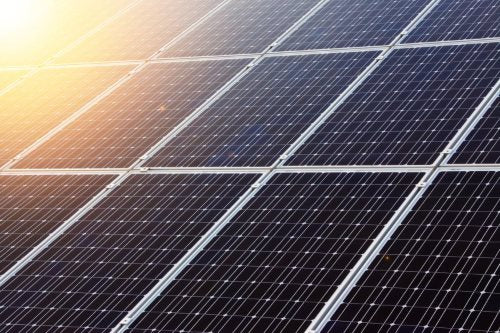Physics Solar Panels Problem

Which is true as long as there is regular daylight intervals which is true almost everywhere.
Physics solar panels problem. The diagram outlines how. The higher the rate of photons striking the solar cell the more power it can produce. At best a solar panel can produce electricity for 12 hours a day and a panel will only reach peak output for a short period around midday. Solar panels have become much cheaper in recent years.
A perplexing and hotly debated problem with solar panels may have just been solved. Solar panels are among the most available system of. Solar panels are valuable in many applications since they are a consistent source of power. If so harvesting energy from the sun without wasting any energy could be within reach.
Semiconductor factories need clean manufacturing environments and are expensive to build maintain. The only potential drawback is the cost. Solar panels do not generate electricity but rather they heat up water. The electricity generated is multiplied by the number of solar cells in each solar panel and the number of solar panels in each solar array.
They have also become much more efficient they produce more electrical power from the sunlight falling on them. A team of scientists at the university of manchester has solved a key flaw in solar panels after 40 years of research around the world. Tracking panels that follow the sun can extend this prime generation period somewhat but it still means that panels spend very little of the day producing at maximum capacity. It is believed that solar flares are caused by release of energy and plasma heating acceleration due to sudden disruption of magnetic structures of parent active regions.
The solar panels generate electricity as long the sun hits the solar panels. One major problem with solar power is reliability. The panels on the roof of the institute of physics building are among the most efficient in the world producing over 200 watts per square metre w m 2. Solar panels use expensive semiconductor material to generate electricity directly from sunlight.
They are often located on the roofs of buildings where they can receive heat energy from the sun. The sun s photons excites the electrons in the photosensitive panel material to produce electricity.














































